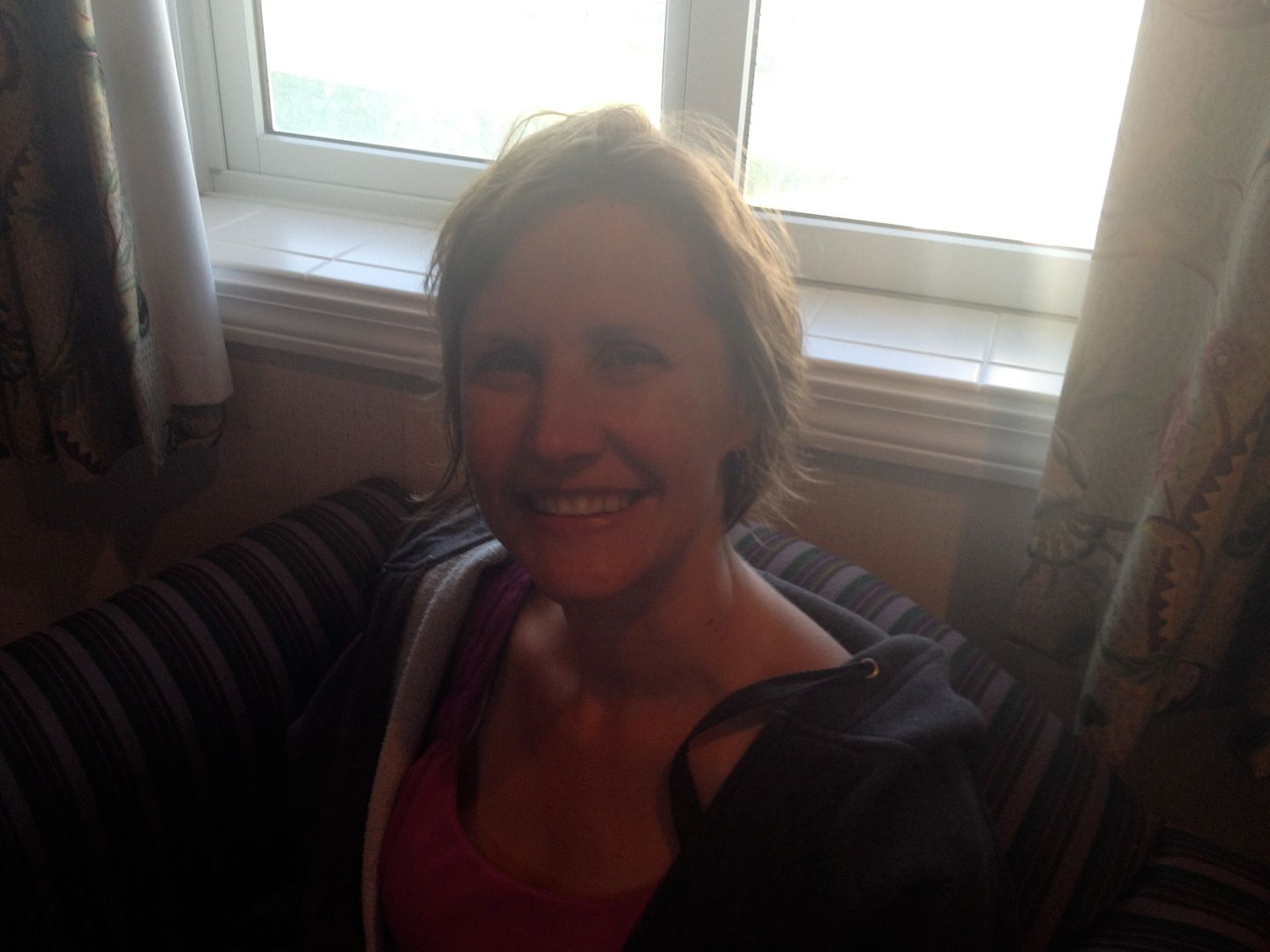For most of my adult life, I have wanted to be a runner. Even when I wasn’t actually logging any miles, I’d see people running down the street and wish that were me: Sleek, fast, with a look of determination and not defeat. . .It spoke to me in a way that team sports never did.
But, my reality has always been so far from my daydreams. I have never been all that speedy even 15 years ago when I had much more time to train. Whenever I start adding multiple miles, my knees start hurting. That first mile Always Sucks, and my runs never squeaked much past a few miles, even at my most fit. Throw asthma and some horror called “cystocele” into the mix and you start to understand how an 80-year-old toothless man finished ahead of me a couple of years ago in a 5k. Hey, what can I say, he was a speedy senior.
But, nevertheless, I get bit by the running bug a few times a year and usually find myself plodding down my street to achieve that wonderful “runner’s high”.
This time, though, I’ve been bringing Jeff Galloway along with me. I had heard his name before but never knew that he has championed the “run/walk” method as a way to build miles without injury or insane training schedules. And once I started reading about his method– and found his Easy 5K app for the iPhone–I had to try it to see if it would work for me.
It’s been a few weeks, and I just got back from a 5 1/2 mile run. Five-and-a-half miles (5.8 if you count the warm up/cool down walks). I have never gone so far. I could cry from happiness. Nothing hurts. And, other than my post-exercise asthmatic cough, I feel great.
What I love about Galloway’s plan is that he incorporates short walk breaks even from the start of your run, before you get tired, as a way of avoiding early exhaustion. With his voice in my ear and my music playing, I’ve been dutifully going out three times a week at a pace of two-and-a-half minutes of running, broken up with one minute of walking. Somehow, telling myself, “just two-and-a-half-minutes” over and over chops up the running portion into little chunks that I can handle mentally. And the app uses Lolo to speed up/slow down my music to my pace (9 minute/mile while running) so that I can just find the beat and keep to it.
But, this isn’t just about running longer and farther. Galloway also says that walk breaks can improve your performance so that you actually finish a race in less time then if you just ran the entire time. But how is that possible?
Last weekend, I decided to test his theory by running in the same 5K I did last year (remember this photo?). Like last year, it was a hot day, with the sun beating down at 11am when the race began. I did not have a great race. I was just coming off a respiratory virus, felt dehydrated, and just got too hot, too fast. But, I followed the Galloway method throughout.
And? I finished one minute faster this year than last. (last year’s finish time: 33:36 ; this year’s finish time: 32:48.)
Suddenly a 10K doesn’t seem like some crazy pipe dream for this almost 45 year old asthmatic with bad knees. And I’m feeling more like a runner than ever before.
———————–
Jeff Galloway did not pay me to write this (c’mon, does he sound like he’d say “effing”?) nor did I get the Easy 5K app for free to test. I love the app though it does sometimes “lose” my play list which means I have to re-import the music from my iphone which takes all of 20 seconds.
 Follow
Follow


